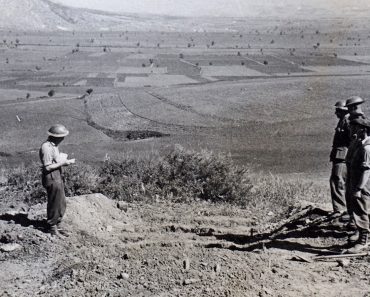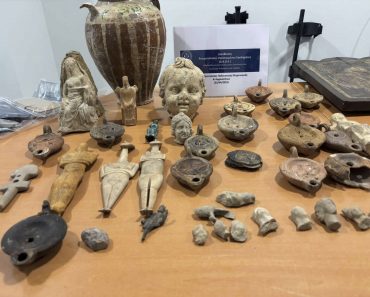
A hidden chamber inside Tlayócoc Cave in Mexico’s Sierra de Guerrero has revealed ancient artifacts that may shed light on the mysterious Tlacotepehua people, a lost civilization known only through 16th-century records.
The discovery was made by explorers Adrián Beltrán Dimas and Yekaterina Katiya Pavlova during a mapping expedition deep within the cave system. At its lowest level, they entered an untouched chamber and found a set of carefully arranged ancient objects.
After notifying authorities, the National Institute of Anthropology and History (INAH) dispatched a team of archaeologists to examine the site. Researchers documented 14 artifacts, including three complete shell bracelets and one fragment. The items, believed to date between 950 and 1521 CE, were placed deliberately atop stalagmites—an arrangement experts say may reflect ritual activity.
Ritual objects reveal intricate symbols and carvings
Among the findings were intricately engraved shell bracelets. Some featured human-like faces in profile, while others were etched with symbols thought to represent spiritual ideas about the cosmos. A giant sea snail shell, likely from the Strombus species, was also uncovered.
Miguel Pérez of INAH shared that the symbols and figures carved into the artifacts might be linked to pre-Hispanic ideas of creation and fertility, according to HeritageDaily.

“Possibly the symbols and representations of figures on the bracelets are related to pre-Hispanic cosmogony regarding creation and fertility,” he said.
Researchers also found black stone discs, two of which were intact. The rest were fragments. The items resemble reflective surfaces once used in ritual or symbolic contexts. Decorative patterns—including curved lines, zigzags, and circles—suggest a culture with strong artistic traditions and symbolic language.
Caves as sacred portals to spiritual realms
Caves held deep spiritual meaning in Mesoamerican belief systems. They were seen as gateways to the underworld—referred to as Mictlan—and were considered sacred spaces for communication with divine forces.
“This sealed context allows us to understand how the ancient inhabitants conceived of these caves as portals to the underworld or as sacred spaces connected to the earth and the divine,” said INAH archaeologist Reyes Alvarez, according to Archaeology Magazine.
INAH’s study also noted that some stalagmites in the chamber had been intentionally reshaped into spherical forms, suggesting careful human modification in pre-Hispanic times. The deliberate placement of offerings around these formations reinforces the cave’s likely spiritual role for the Tlacotepehua people.
The Tlacotepehuas, once inhabitants of the Sierra de Guerrero, remain a little-understood civilization. Their name appears in only a few colonial records. This discovery of artifact offerings in a cave in Mexico offers rare insight into civilization’s customs, beliefs, and artistic expressions, providing a new path to understand a culture long lost to history.






